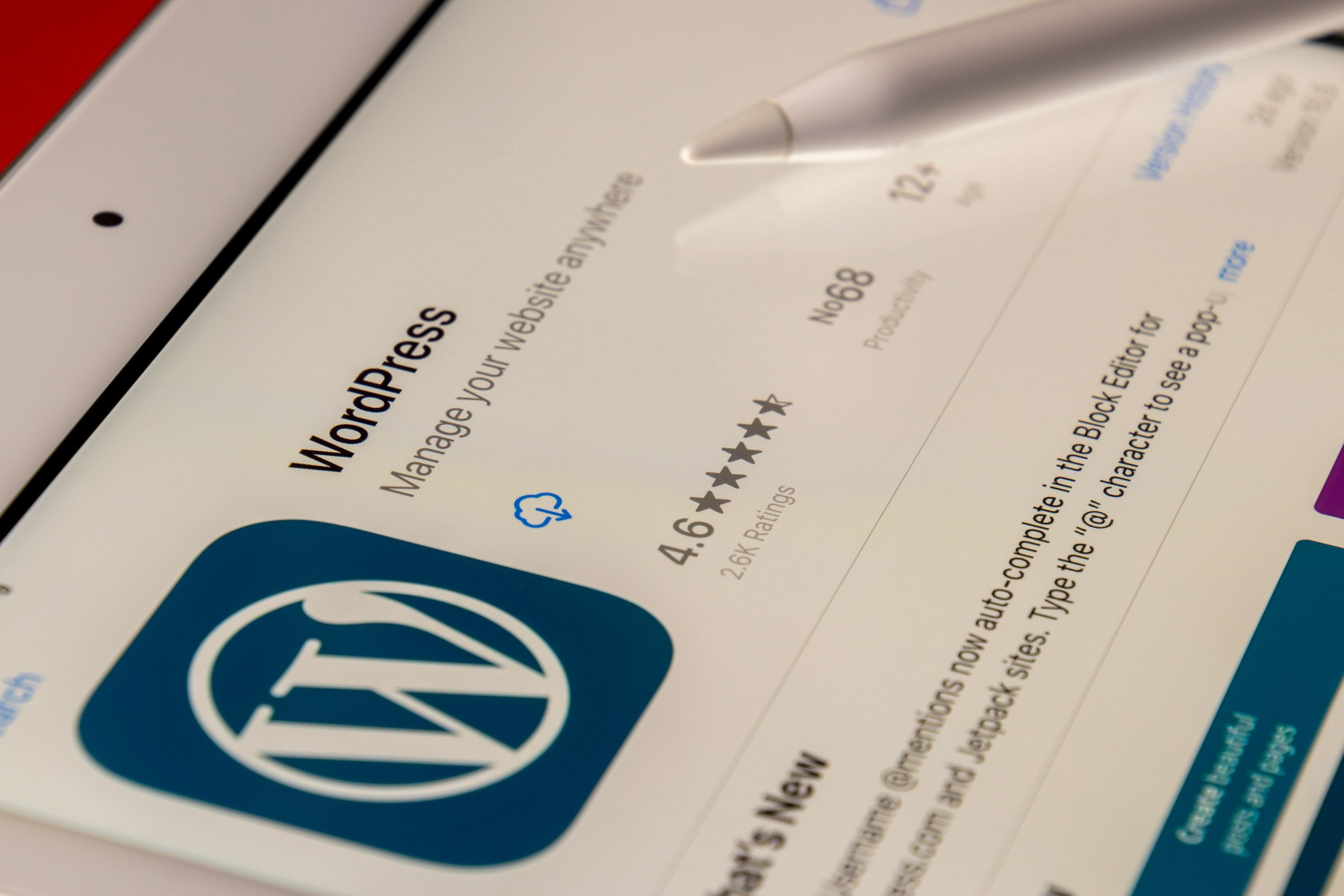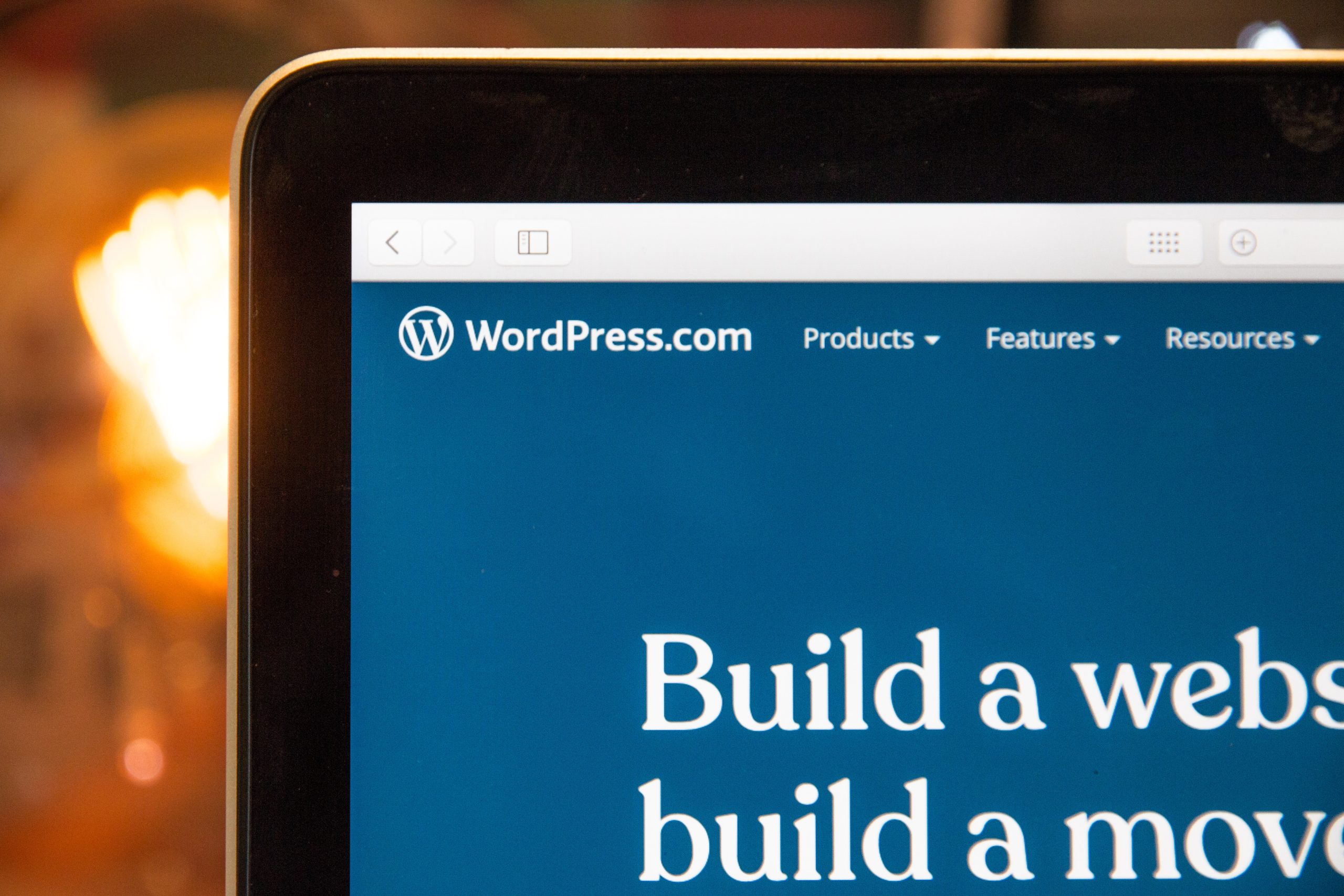In this article, we’ll dive into the world of sticky headers and menus, exploring not only how they work but also how you can implement these features on your own website. From understanding the underlying code to utilizing popular plugins and frameworks, we’ll provide practical tips and step-by-step guides that will help you elevate your web design game. So if you’re ready to make your website stand out with slick and functional navigation elements that captivate your visitors, keep reading to discover all there is to know about creating a sticky header and menu.
Understanding the importance of sticky elements
Sticky elements are a crucial aspect of web design, as they ensure that certain components of a webpage stay in view even as the user scrolls. Whether it’s a header, menu, navigation bar, or widget, the ability to keep these elements sticky can greatly enhance user experience and facilitate seamless navigation. By keeping essential information and functionalities at the forefront, sticky elements enable users to access key features without having to constantly scroll back up or reload the page.
Moreover, sticky elements play a significant role in improving website usability across different devices. With an increasing number of users accessing websites through mobile devices, ensuring that important elements remain visible and accessible is essential for delivering a consistent and satisfying browsing experience. This adaptability not only enhances user engagement but also contributes to overall site performance and functionality. In essence, understanding the importance of sticky elements allows web designers to create more efficient and user-friendly interfaces that prioritize accessibility and convenience for all visitors.
 Choosing the right plugin for your website
Choosing the right plugin for your website
When it comes to choosing the right plugin for creating a sticky header or menu on your website, WP Sticky stands out as a top contender. This versatile plugin offers a user-friendly interface and powerful customization options, making it suitable for both novice website owners and experienced developers. With WP Sticky, you can enhance user experience by ensuring that important navigation elements remain visible as visitors scroll through your site, ultimately improving engagement and conversion rates.
One of the key advantages of WP Sticky is its seamless integration with WordPress themes and compatibility with various plugins. This means you can easily maintain the look and feel of your website while adding sticky functionality to specific elements. Furthermore, the plugin offers advanced features such as scroll effects, responsive design settings, and support for different content types. Whether you want to create a sticky header, menu, navigation bar or widget area, WP Sticky provides the flexibility and tools needed to achieve your desired outcome.
Implementing a sticky header with the plugin
Implementing a sticky header with the WP Sticky plugin can revolutionize the user experience on your website. With its intuitive interface and seamless integration, this plugin offers a hassle-free solution to make your header stay in view as visitors scroll down the page. One of the key benefits of using WP Sticky is that it requires minimal coding knowledge, making it accessible to even novice website administrators. This means you can effortlessly enhance navigation and accessibility for your site, without investing significant time or resources.
Furthermore, the flexibility of WP Sticky allows you to customize various aspects of your sticky header, such as its appearance, behavior, and visibility options. This level of control enables you to create a sleek and professional look that aligns with your brand identity while ensuring optimum functionality for users. Additionally, integrating this feature can boost engagement by maintaining prominent access to vital elements like navigation menus or contact information as visitors explore your content. In essence, implementing a sticky header with WP Sticky presents an effective strategy for elevating user interaction and reinforcing the impact of every page on your website.
 Creating a sticky menu and navigation
Creating a sticky menu and navigation
Creating a sticky menu and navigation can significantly enhance the user experience of a website. A well-designed sticky header not only keeps important elements within reach as users scroll, but also provides consistency and easy access to the main navigation. By implementing a sticky menu, website visitors can effortlessly navigate through different sections without having to constantly scroll back to the top of the page. This not only saves time but also makes for a more enjoyable browsing experience.
One crucial aspect to consider when creating a sticky menu is maintaining a balance between functionality and aesthetics. The menu should be visually appealing, easy to use, and unobtrusive while offering seamless navigation. Additionally, it’s essential to ensure that the sticky header remains responsive across various devices and screen sizes, providing accessibility for all users. Ultimately, by carefully designing an engaging and practical sticky menu and navigation system on your website, you can significantly improve user engagement, reduce bounce rates, and leave a lasting impression on your audience.
Adding a sticky widget to enhance user experience
Adding a sticky widget to your website can significantly enhance the user experience and increase engagement. By integrating a widget, such as a social media feed or a live chat support option, into the sticky header or menu, you provide users with quick access to relevant and interactive content no matter where they are on the page. This not only makes it easier for visitors to engage with your site but also encourages them to stay longer and explore more of what you have to offer.
Moreover, a strategically placed sticky widget can also improve conversion rates by drawing attention to important calls-to-action. For instance, featuring a Subscribe Now button or an event countdown in the sticky area can help drive conversions by keeping these elements constantly visible as users scroll through your website. It’s about providing value and convenience for your visitors while subtly guiding them towards taking desired actions. Ultimately, the addition of a sticky widget isn’t just about improving aesthetics; it’s about enhancing functionality and creating a seamless user experience that resonates with modern web browsing preferences.
 Customizing and optimizing your sticky elements
Customizing and optimizing your sticky elements
In order to truly make your website stand out, it’s essential to customize and optimize your sticky elements. Rather than settling for generic solutions, consider tailoring the design and functionality of your sticky header, menu, navigation, and widgets to suit your brand and user experience. This can involve tweaking the colors, typography, or layout to align with your overall aesthetic or adjusting the behavior of these elements to ensure a seamless browsing experience.
One effective way to optimize sticky elements is by considering their performance on different devices and screen sizes. By employing responsive design principles and testing across various platforms, you can guarantee that your sticky elements remain functional and visually appealing regardless of how visitors access your site. Furthermore, taking into account user interactions such as scrolling behavior or touch gestures can help you create sticky elements that feel intuitive and natural for users.
Ultimately, the process of customizing and optimizing sticky elements is an opportunity to showcase the unique personality of your brand while enhancing usability. Whether through subtle visual tweaks or thoughtful interactions design, harnessing the potential of these elements can elevate your website from merely functional to truly exceptional.
Conclusion: Enhancing user experience with sticky elements
In conclusion, the implementation of sticky elements is a powerful tool to enhance user experience on websites. By keeping key navigation elements or widgets visible as users scroll, site owners can ensure easy access to important information and features. This contributes to a seamless and efficient browsing experience for visitors, ultimately leading to higher engagement and improved user satisfaction.
Furthermore, the use of sticky headers and menus can help reinforce branding and improve overall website aesthetics. When carefully designed, these elements can become a distinctive feature that sets a website apart from its competitors, leaving a lasting impression on visitors. As the digital landscape continues to evolve, utilizing sticky elements will be crucial for fostering an intuitive and enjoyable user experience that keeps pace with changing user behaviors and expectations.
 logo
logo



